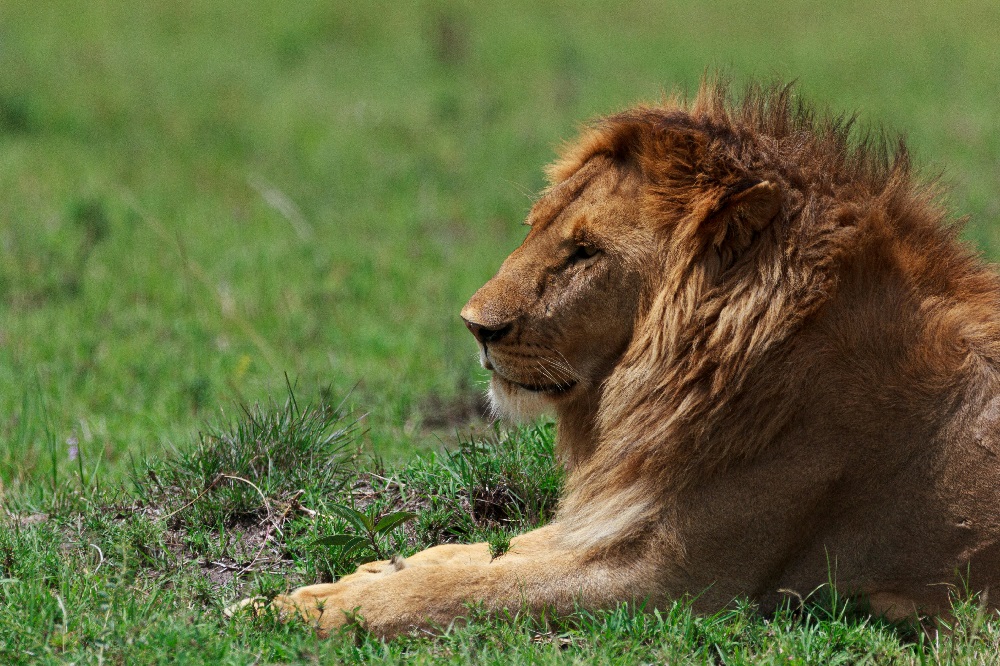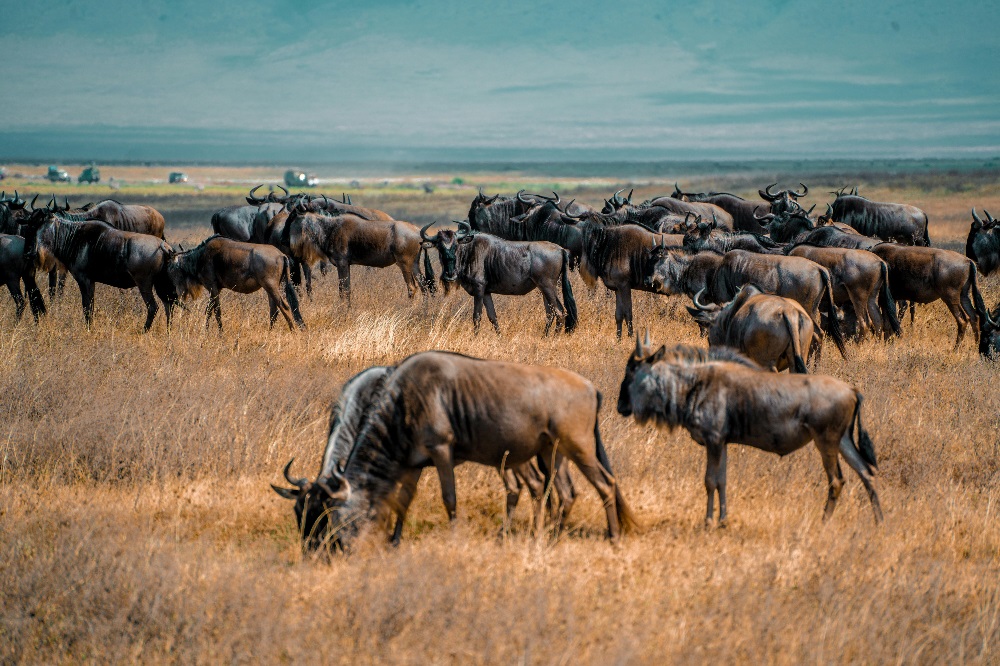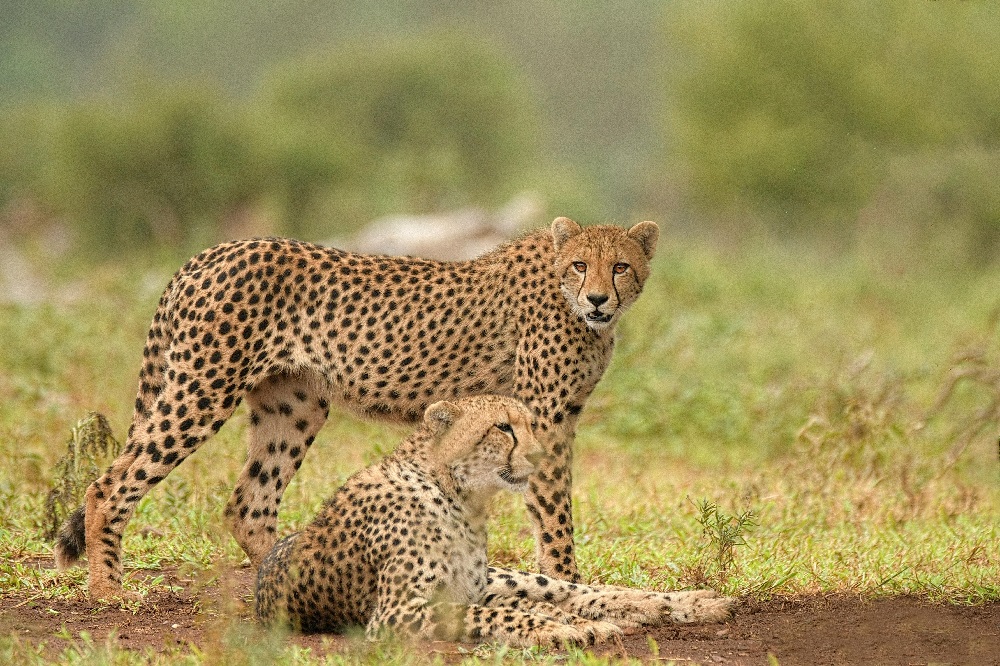Africa is home to some of the most spectacular wildlife destinations in the world, but the answer to which country is best for safari depends on what you are hoping to see and experience. Kenya and Tanzania have long been considered the quintessential safari destinations because of their abundance of wildlife, including the Big Five, and the chance to witness the Great Migration. Botswana is praised for its pristine, uncrowded wilderness areas like the Okavango Delta, where mokoro canoe rides take you deep into game-rich channels. South Africa offers diverse landscapes, excellent infrastructure, and malaria-free reserves such as Madikwe for family-friendly trips. Namibia’s stark yet beautiful deserts provide a surreal backdrop for wildlife photography, while Zambia and Zimbabwe are celebrated for walking safaris and the dramatic Victoria Falls. Each country offers unique landscapes and wildlife spectacles, so the “best” is subjective—it comes down to whether you prefer vast savannahs teeming with wildebeest, remote and exclusive camps, or a combination of wilderness and modern comfort.
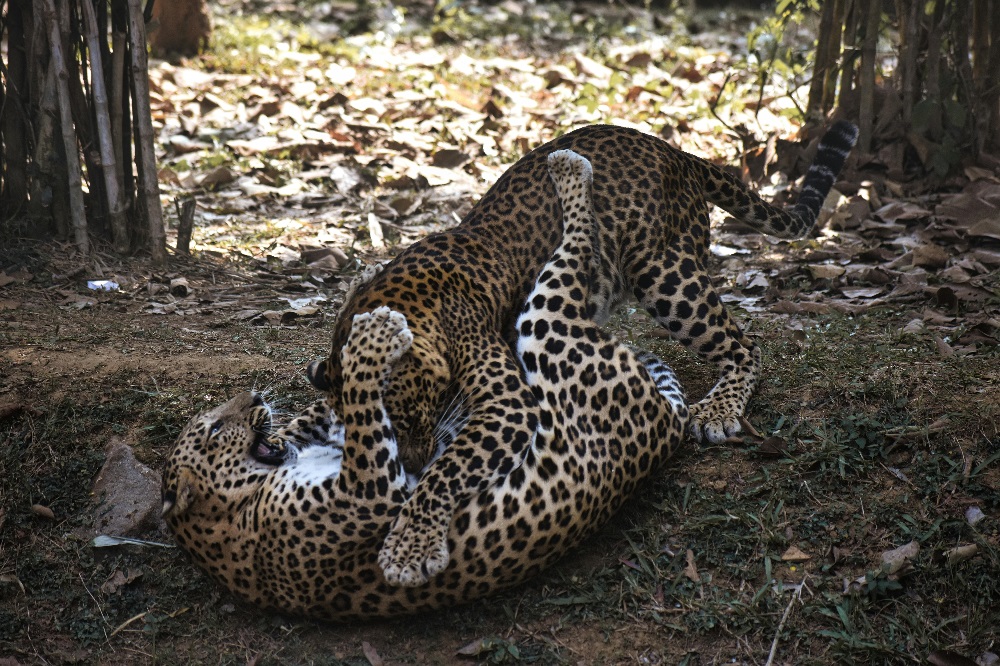
Is Kenya or Tanzania better for safari?
Choosing between Kenya and Tanzania for a safari often comes down to timing, budget, and travel style. Both countries share the Serengeti-Masai Mara ecosystem, which means they both host the Great Migration, though the location of the herds changes throughout the year. Kenya’s Masai Mara is known for high predator densities and slightly more accessible infrastructure, making it ideal for shorter safaris or first-time visitors. Tanzania, on the other hand, offers a greater variety of parks such as the Serengeti, Ngorongoro Crater, and Tarangire, with vast landscapes that feel wilder and less crowded. Tanzania’s Northern Circuit safaris can be longer and more immersive, while Kenya is often easier to combine with other destinations due to better flight connections. Tanzania tends to be more expensive, partly because its parks charge higher fees, but it offers an unmatched sense of scale and diversity. Both countries deliver incredible wildlife encounters, so the choice depends on whether you prefer Kenya’s slightly more compact, accessible experience or Tanzania’s expansive, less-developed wilderness.
What is the number one safari in Africa?
While there are many contenders, the Serengeti National Park in Tanzania frequently takes the top spot as the number one safari destination in Africa. This is due to its role as the stage for the Great Migration, where over 1.5 million wildebeest, hundreds of thousands of zebras, and gazelles move across the plains in search of fresh grazing, pursued by predators. The Serengeti’s vast landscapes also allow for year-round wildlife viewing, including large prides of lions, cheetahs sprinting across open grasslands, and elephants wandering through acacia-dotted savannahs. Other top-ranked safaris include Kenya’s Masai Mara for its high concentration of big cats, Botswana’s Okavango Delta for water-based game viewing, and South Africa’s Kruger National Park for its accessibility and range of wildlife. What makes the Serengeti particularly special is not just the abundance of wildlife, but the sheer scale and drama of its annual migration, a natural spectacle that remains unmatched anywhere in the world.
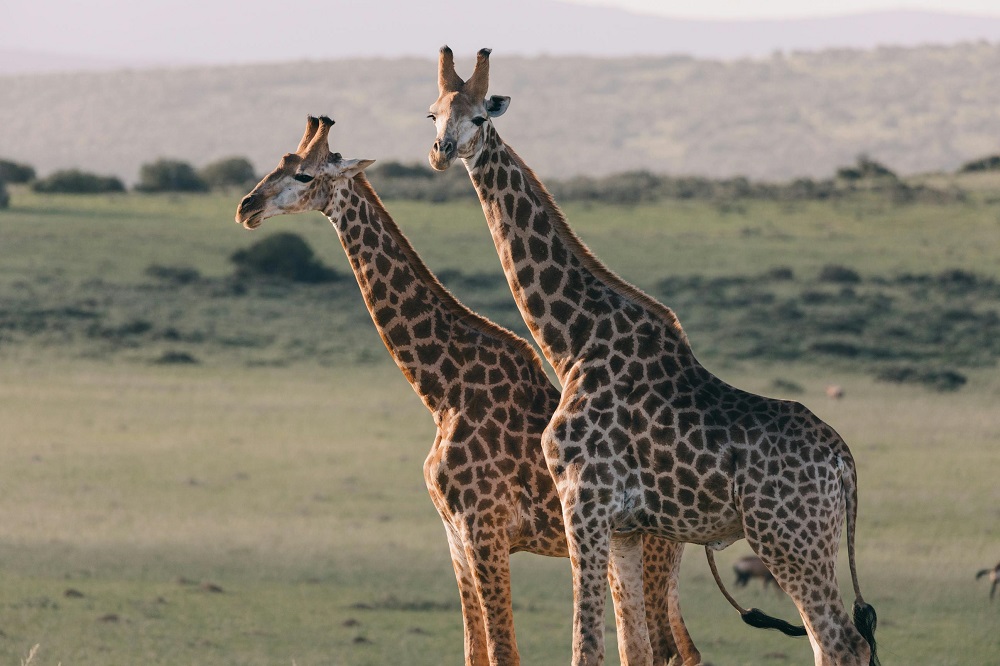
What is the best month to go on safari in Tanzania?
The best month to go on safari in Tanzania depends on your priorities. For those wanting to witness the Great Migration’s dramatic river crossings in the northern Serengeti, July to September is ideal. These months are dry, which concentrates wildlife around water sources, making for easy viewing. If you’re more interested in seeing calving season, when thousands of wildebeest give birth within a few weeks, then January and February in the southern Serengeti are prime. This period also attracts predators in large numbers, creating intense predator-prey interactions. The shoulder months of June and October offer fewer crowds while still providing excellent game viewing. November to March can be greener and more beautiful after the rains, though some areas may be harder to access. Ultimately, the best month is linked to the specific wildlife events you want to see, making careful planning essential.
What is the best time of year to go on safari in Kenya?
Kenya’s safari seasons align closely with those of Tanzania, as the two countries share many of the same ecosystems. The most popular time to visit is between July and October, when the Great Migration herds arrive in the Masai Mara and river crossings occur. This dry season offers excellent game viewing because vegetation is sparse and animals congregate around permanent water sources. January and February, Kenya’s short dry season, also provide excellent wildlife sightings with fewer tourists. The long rains in April and May bring lush greenery but can make some roads impassable, while the short rains in November create dramatic skies and vibrant landscapes, which photographers often favor. For birdwatching, the wetter months from November to April are exceptional, as migratory species arrive in large numbers. Choosing the right time also depends on whether you want to avoid crowds or experience iconic events like the Mara river crossings.
Where can I see the Big 5 in Africa?
The Big 5—lion, leopard, elephant, buffalo, and rhino—can be seen in several African countries, but some parks stand out for offering the best chances. In South Africa, Kruger National Park and its private reserves like Sabi Sands are famous for Big 5 sightings, often within just a few game drives. Kenya’s Masai Mara and Tanzania’s Serengeti also boast all five species, though black rhinos are harder to find. In Namibia, Etosha National Park offers good sightings, particularly of rhinos and elephants, against dramatic salt pan landscapes. Zimbabwe’s Hwange National Park and Zambia’s South Luangwa National Park are excellent for elephants, lions, and leopards. For those who want a high probability of ticking off all five animals, private game reserves with skilled guides can often deliver sightings in a concentrated timeframe, although the thrill of encountering them in the wild is as much about the chase as the final sighting.
How far in advance should I book an African safari?
Booking a safari well in advance is crucial, particularly if you’re traveling during peak wildlife viewing seasons. For high-demand experiences like the Great Migration in Kenya or Tanzania, securing your spot 12 to 18 months ahead is recommended, especially for lodges in prime locations. Botswana’s exclusive camps and gorilla trekking permits in Rwanda and Uganda also require early booking, as they have limited daily capacities. Shoulder seasons may allow for more flexibility, with bookings possible three to six months ahead, but waiting too long risks limited accommodation choices. Early booking not only ensures availability but also allows you to secure better rates, plan internal flights, and arrange specialist guides if desired. Safari planning is complex, involving permits, transportation, and sometimes multi-country itineraries, so starting early helps ensure every detail is perfectly aligned with your goals.
Are morning or evening safaris better?
Both morning and evening game drives have their advantages, and the best choice often depends on the specific wildlife you hope to encounter. Morning drives, which typically start at sunrise, offer cooler temperatures and increased animal activity. Predators like lions and leopards are often still active from nighttime hunts, and herbivores gather at waterholes. The soft morning light also makes for exceptional photography. Evening drives, starting in the late afternoon, capture the golden hour and can extend into night drives where nocturnal species such as aardvarks, porcupines, and civets become active. These drives often include sundowner stops, adding a unique cultural experience to the wildlife viewing. Many safari-goers choose to do both daily, as this maximizes the variety of species and behaviors observed.
How many days do I need for an African safari?
The ideal length of a safari depends on your budget, destinations, and travel style, but most experts recommend a minimum of five to seven days to allow time for multiple game drives in different habitats. For single-park visits, three to four days is usually enough to see a wide range of species and avoid fatigue. Multi-park itineraries in countries like Tanzania or Botswana may require 10 to 14 days to fully appreciate the diversity of landscapes and wildlife. More extended trips allow for unhurried experiences, including cultural visits, walking safaris, and photography sessions. Rushing through parks reduces your chances of seeing elusive species like leopards or wild dogs, so it’s worth investing more time for a richer, more relaxed experience.
What time are safari animals most active?
Safari animals follow natural rhythms largely dictated by temperature and light. Most predators and many herbivores are most active in the early morning and late afternoon when it’s cooler. This is why game drives are typically scheduled around sunrise and sunset. During the midday heat, animals often retreat to shade, making sightings less frequent. Certain species, such as leopards, can be active at night, and specialized night drives offer glimpses of nocturnal life. Understanding these activity patterns helps guides plan routes to maximize sightings and ensures travelers have the best possible wildlife encounters.
What’s the best time of year to travel to Africa?
The best time to travel to Africa depends on the region and your safari goals. Southern Africa’s dry season, from May to October, is excellent for game viewing as animals gather near water sources. East Africa’s best period for safaris is generally from June to October, with the Great Migration peaking between July and September. However, the green season from November to March offers lush landscapes, fewer tourists, and excellent birdwatching. For specific events like gorilla trekking, the drier months from June to September and December to February are preferable. Tailoring your trip to the season ensures you experience Africa at its most rewarding.
Is it worth it to go on an African safari?
An African safari is more than just a holiday—it’s an immersive experience that connects you to nature in a deeply personal way. The chance to witness predators in the wild, hear the distant roar of lions at night, and see vast herds moving across the plains is unlike anything else. Safaris also contribute to conservation by funding national parks and community initiatives. While safaris can be expensive, the combination of breathtaking landscapes, intimate wildlife encounters, and cultural connections makes them worth every penny. Many travelers describe their safari as a life-changing experience, one that deepens their appreciation for the planet and its fragile ecosystems.


